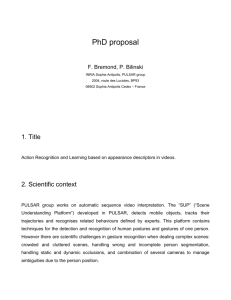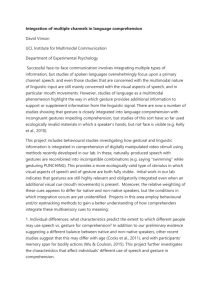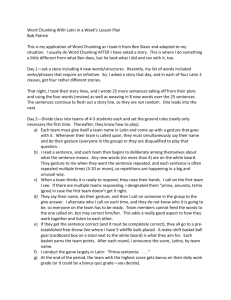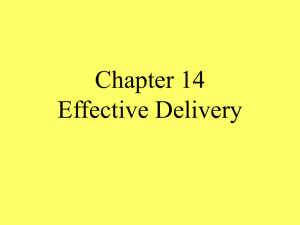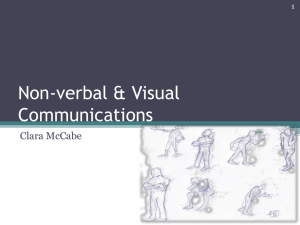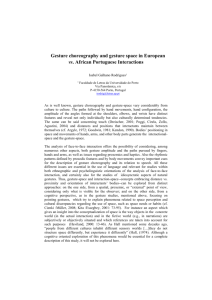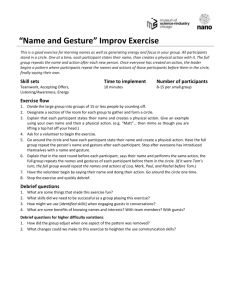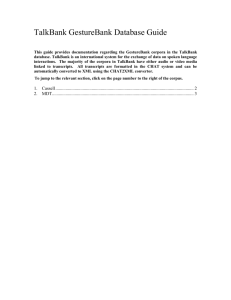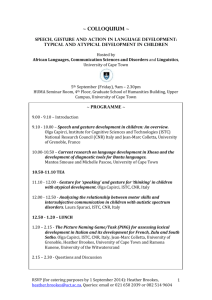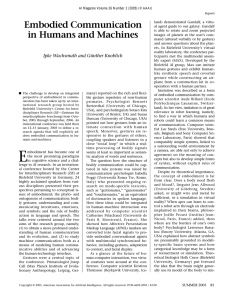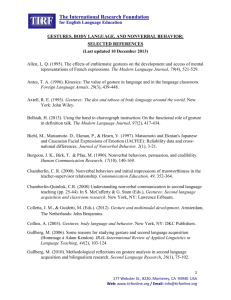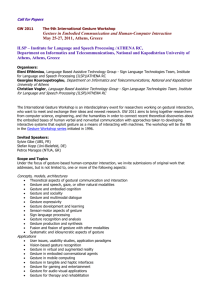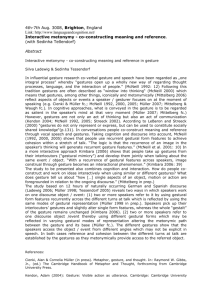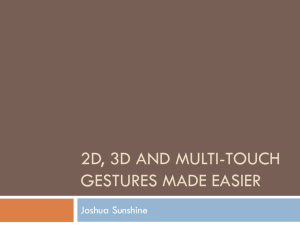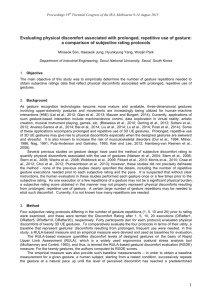abstract
advertisement
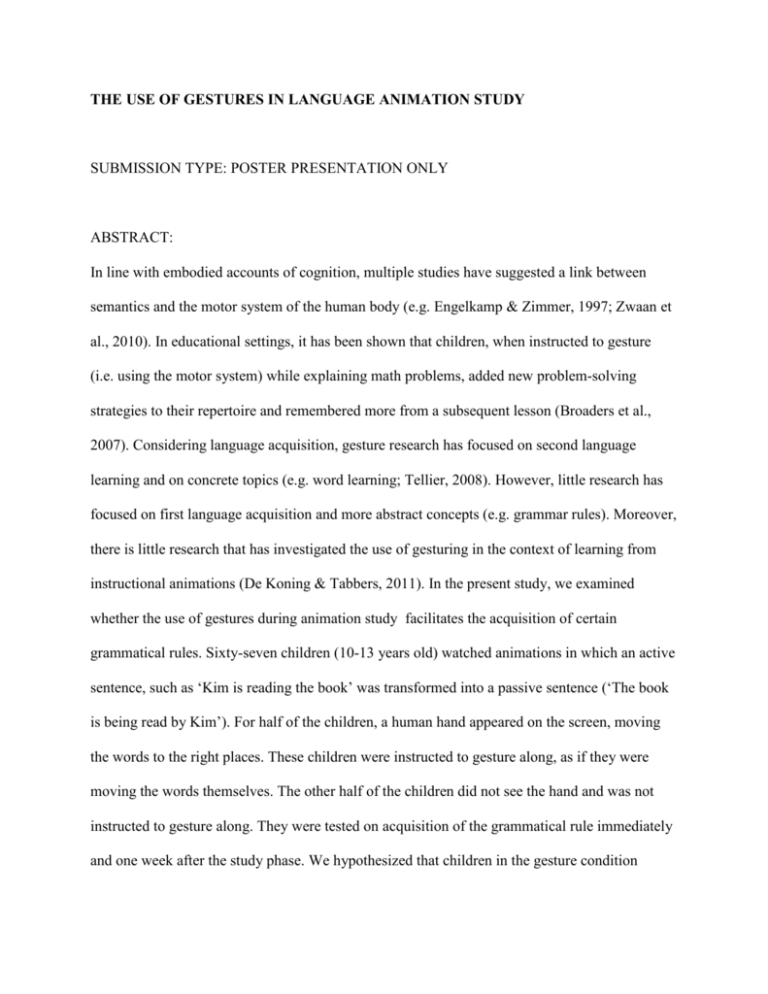
THE USE OF GESTURES IN LANGUAGE ANIMATION STUDY SUBMISSION TYPE: POSTER PRESENTATION ONLY ABSTRACT: In line with embodied accounts of cognition, multiple studies have suggested a link between semantics and the motor system of the human body (e.g. Engelkamp & Zimmer, 1997; Zwaan et al., 2010). In educational settings, it has been shown that children, when instructed to gesture (i.e. using the motor system) while explaining math problems, added new problem-solving strategies to their repertoire and remembered more from a subsequent lesson (Broaders et al., 2007). Considering language acquisition, gesture research has focused on second language learning and on concrete topics (e.g. word learning; Tellier, 2008). However, little research has focused on first language acquisition and more abstract concepts (e.g. grammar rules). Moreover, there is little research that has investigated the use of gesturing in the context of learning from instructional animations (De Koning & Tabbers, 2011). In the present study, we examined whether the use of gestures during animation study facilitates the acquisition of certain grammatical rules. Sixty-seven children (10-13 years old) watched animations in which an active sentence, such as ‘Kim is reading the book’ was transformed into a passive sentence (‘The book is being read by Kim’). For half of the children, a human hand appeared on the screen, moving the words to the right places. These children were instructed to gesture along, as if they were moving the words themselves. The other half of the children did not see the hand and was not instructed to gesture along. They were tested on acquisition of the grammatical rule immediately and one week after the study phase. We hypothesized that children in the gesture condition would perform better on both posttests. Against expectations, children in the gesture condition performed worse than children in the no gesture condition. Separate analyses of children with high and low levels of language skills revealed that the negative effect of gesturing was only present for the children with low language skills. Also, these children reported a higher amount of mental effort invested in understanding the animations than children with high language skills. It seems that, especially for children with low language skills, the extra instruction to gesture resulted in some kind of overload instead of facilitation of acquisition. We discuss the results in light of embodied cognition and instructional design. We propose several ideas about how gestures might facilitate grammar learning from animations. References Broaders, S.C., Cook, S.W., Mitchell, Z., & Goldin-Meadow, S. (2007). Making children gesture brings out implicit knowledge and leads to learning. Journal of Experimental Psychology: General, 136, 539-550. De Koning, B.B., & Tabbers, H.K. (2011). Facilitating understanding of movements in dynamic visualizations: An embodied perspective. Educational Psychology Review, 23, 501-521. Engelkamp, J., & Zimmer, H.D. (1997). Sensory factors in memory for subject-performed tasks. Acta Psychologica, 96, 43-60. Tellier, M. (2008). The effect of gestures on second language memorisation by young children. Gesture, 8, 219-235. Zwaan, R.A., Taylor, L.J., & de Boer, M. (2010). Motor resonance as a function of narrative time: Further tests of the linguistic focus hypothesis. Brain & Language, 112, 143-149.






